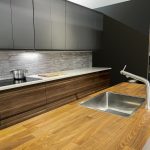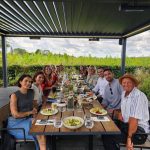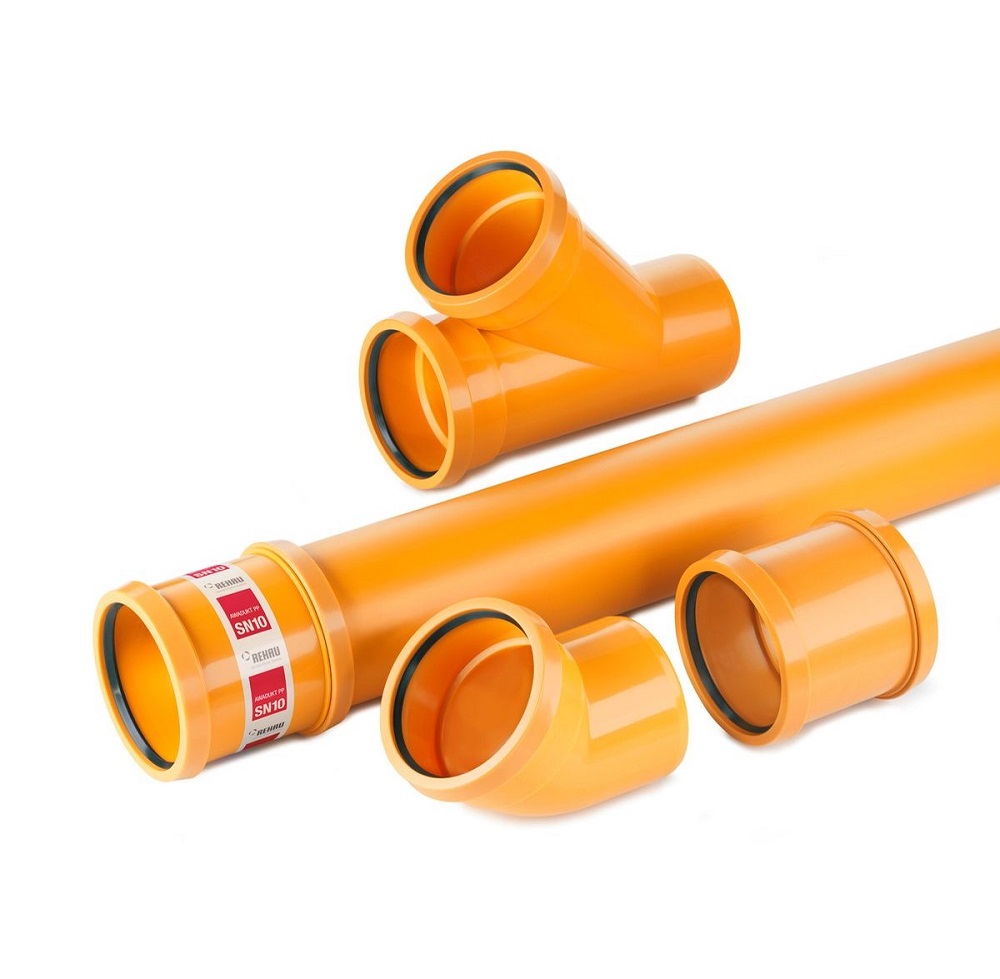Artistic flair
Since its reopening in February 2015, Manchester’s Whitworth, part of The University of Manchester, has made a significant impression with its new extension and renovation.
Already, the £15m redevelopment has received a list of accolades, including ‘The Art Fund Prize of Museum of the Year’ and the RIBA National Award 2015. The building is also amongst six elite projects currently shortlisted for the prestigious RIBA Stirling Prize.
According to Whitworth director Maria Balshaw CBE, the expansion project has “unlocked the potential” of the building, leading to a record number of visitors to the gallery.
Founded in 1889 as the first English gallery in a park, the Whitworth has undergone several stages of development and refurbishments over the last 126 years in its journey from private residence to public art gallery. This had resulted in the somewhat inefficient and muddled use of interior space and the previously blank west end of building facing the park being unresolved and of lesser quality.
Meeting the brief
In 2009, an open architectural competition to remodel the Whitworth was launched. The design brief was to make the gallery’s internationally important collection of fine art, textiles and wallpaper more accessible to a wider range of visitors, to make better use of the existing gallery spaces and to establish a relationship with the surrounding grounds and park.
McInnes Usher McKnight Architects’ (MUMA) design, which won the competition ahead of 138 other entries, has certainly achieved that. The firm’s acclaimed design has re-ordered the existing gallery spaces and also expanded the building by one third, whilst doubling the publically accessible space and creating a new entrance that connects the gallery with the surrounding park.
At the heart of this physical transformation is the creation of an elegant glass, stainless steel and brick extension, including two new wings, which extend into the park from the back of the existing building. The two wings are connected by a glass promenade gallery, which wraps the existing exhibition galleries, providing a vantage point from which to view the art garden and park beyond.
To the south is the transparent slender café wing, a cantilevered glass structure, which houses the café and Learning Studio, and is designed to sit along the trees of Whitworth Park overlooking the newly designed Art Garden.
To the north, the taller solid brick built form of the Landscape Gallery, with its grand high-level window and ground floor Study Centre, provides an urban edge, as well as a visual and acoustic buffer, which counterbalances the lighter structure of the transparent glass café and promenade with its slender stainless steel mullions.
Heritage links
Integral to the redevelopment is the red brickwork of the expansive north wing and the lower ground levels, which comprises approximately 90,000 smooth machine-made bricks, giving continuity to the extension from the original Beaumont building, and forming an important visual link to the city’s industrial past.
The imposing north facade features an intricate ‘slash and stitch’ brickwork pattern, which draws inspiration from fabrics within the gallery’s extensive textile collection. This is made from a variety of handmade ‘special’ bricks, which link together to give the impression of interwoven textile threads and torn fabric which has been stitched back together.
“Reflecting the craftsmanship evident in Beaumont’s galleries, the extension combines modern construction techniques with contemporary craftsmanship throughout, manifest in the brickwork patterns and handmade special bricks,” says MUMA.
Colour match
Northcot Brick was invited to create a bespoke blend to complement the original dark red bricks of the Edwardian building. Working closely with the architects, Northcot produced several sample blends and brick panels to finalise the bespoke ‘Whitworth Blend’.
The new brick was based on existing smooth faced blends (Avon Smooth and Victorian Mellow), which were then darkened with re-cycled Pulverised Fuel Ash (PFA) and the use of special ‘setting patterns’ in the kiln. Traditional firing in one of the last remaining coal-fired kilns in the country helped ensure a natural subtlety of tone throughout.
“As MUMA expect the very highest standards, we knew we had to get the tone and texture of both the machine made bricks and handmade specials absolutely spot on,” said Northcot works manager, Dale Moss.
A total of twenty-three different non-standard brick types and special shapes were created from architectural drawings, ranging from bespoke piers, to the angled doglegs which make up much the slash and stitch-work on the north wing.
“Each special shape and design required bespoke wooden moulds and a high level of craftsmanship, which was delivered by our most experienced master brickmakers and skilled hand-throwers, each with over twenty years of experience,” said Moss.
Up for honours
The result is an exceptional building, which is not only a testament to MUMA’s design, vision and originality, but to the standards of craftsmanship involved in its construction. Therefore, it is hardly surprising that the Whitworth has now been shortlisted for the BDA Brick Awards 2015 in the categories of ‘Best Public and Education Building’ and ‘Best Refurbishment Project’.
Jo Beggs, the Whitworth’s head of development, commented: “We believe that this exciting redevelopment is one of the most influential and inspiring architectural projects of this decade, which will enable the Whitworth to remain one of the UK’s foremost art galleries for many years to come.”




















